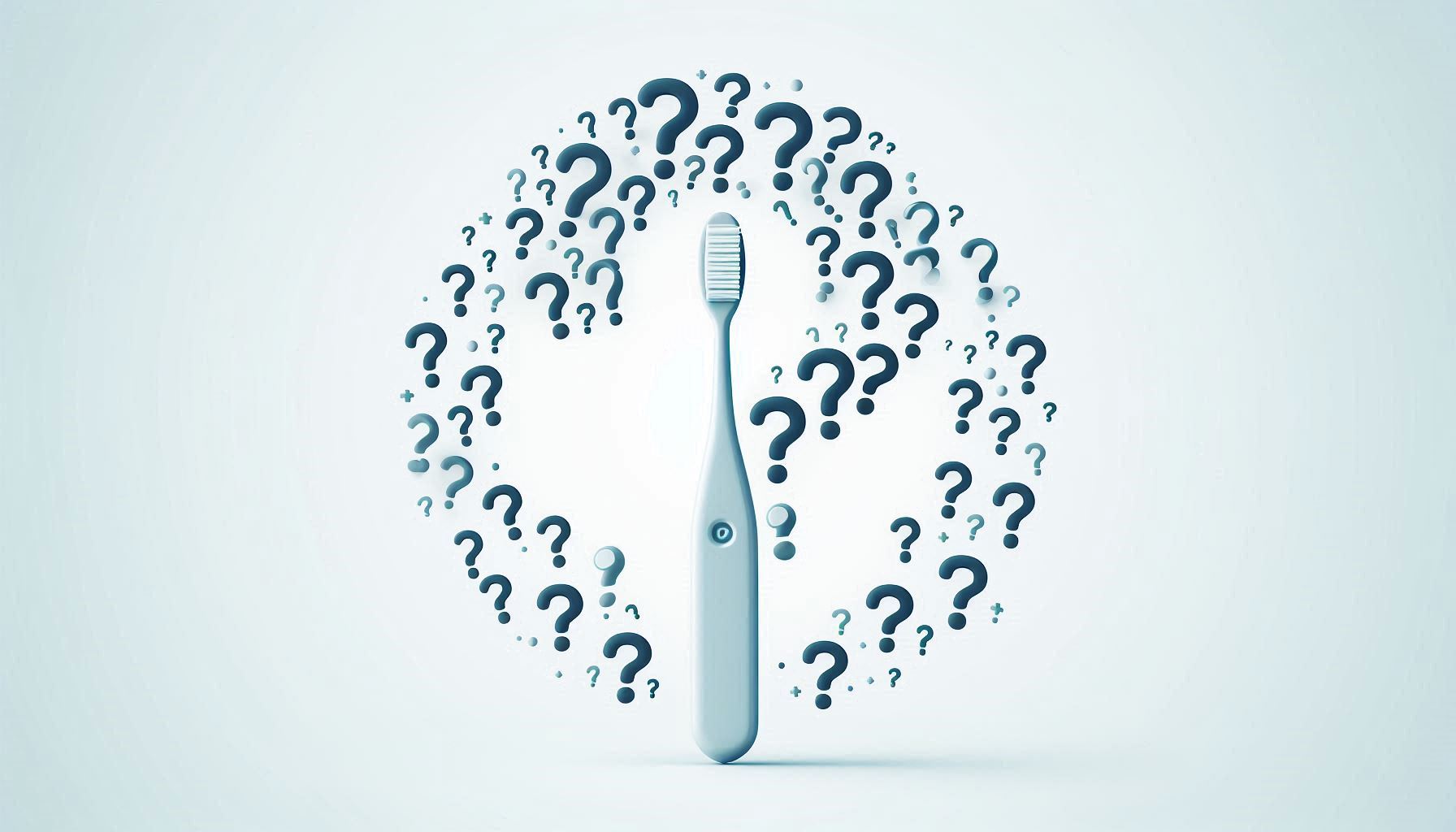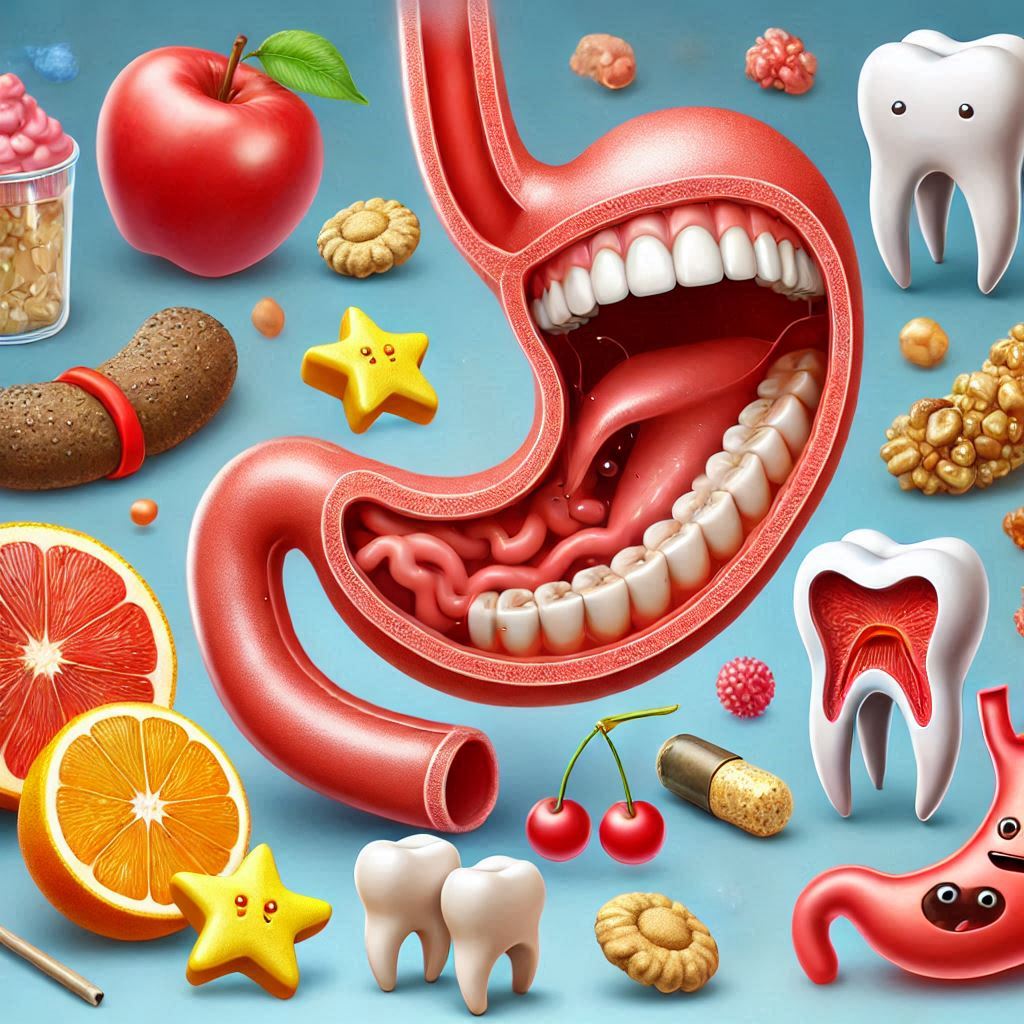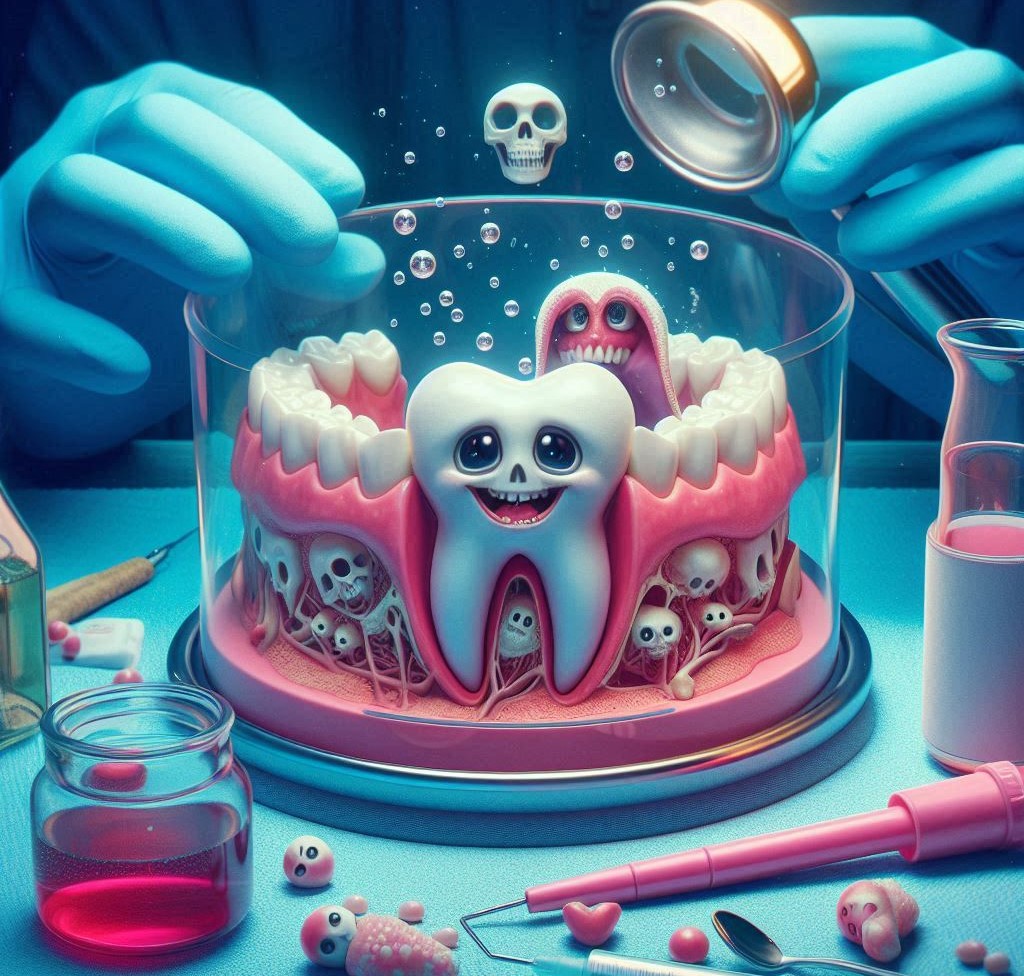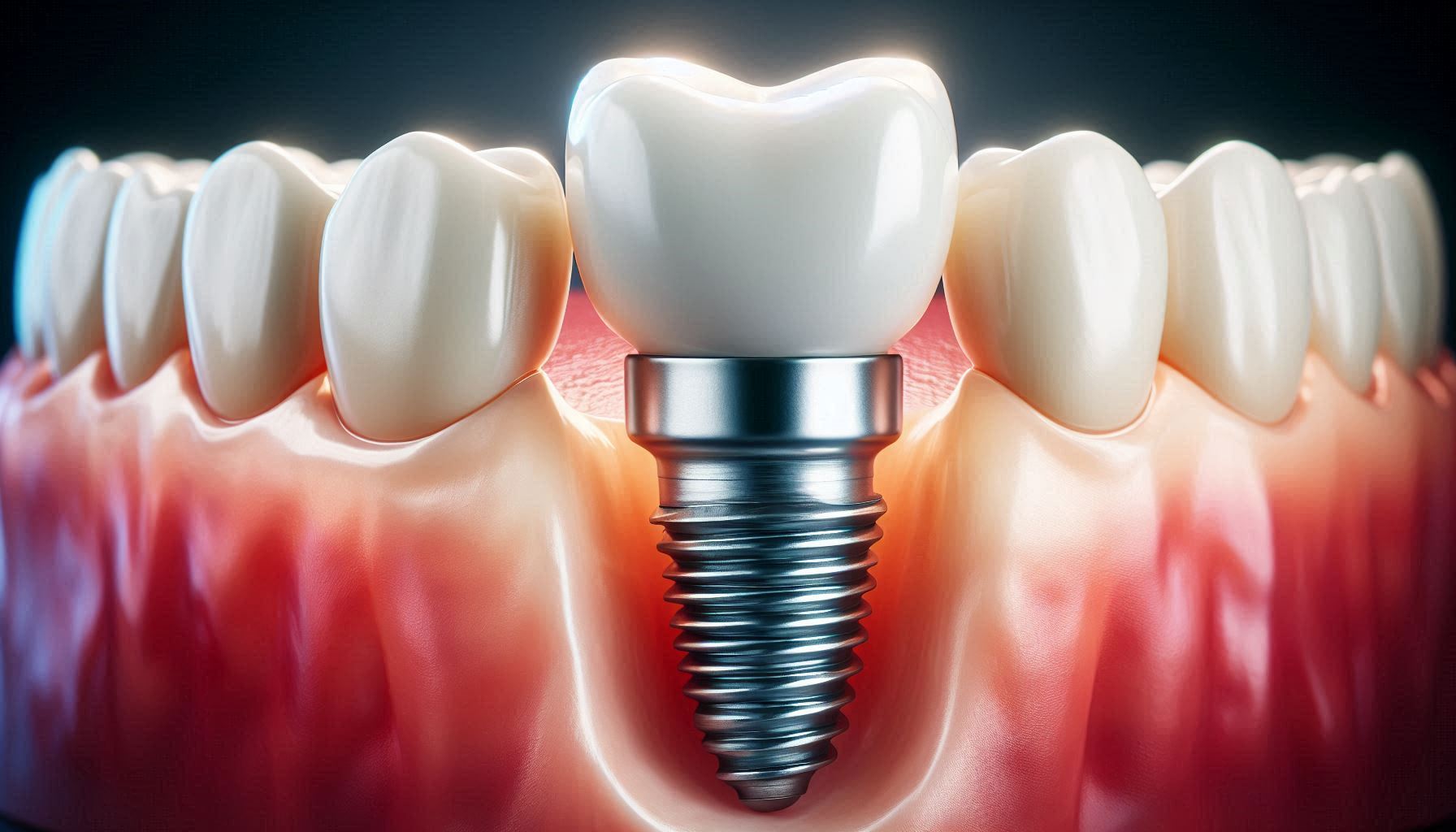Oral health plays a vital role in overall well-being, affecting everything from nutrition to self-esteem. Yet, many individuals rely on myths rather than facts when it comes to their dental care routines. This misinformation can lead to inadequate practices that compromise oral health. For example, some people believe that brushing harder will result in cleaner teeth, when in fact, this can damage enamel and irritate gums. Others might skip flossing, thinking it’s unnecessary, which can increase the risk of gum disease. Additionally, many assume that mouthwash can replace brushing and flossing, overlooking the crucial role of these daily practices in removing plaque and food particles.
Moreover, misconceptions extend to diet, with some people believing that only sugar contributes to cavities, when in reality, any fermentable carbohydrate can pose a risk. Understanding the truth about oral health is essential for making informed choices. By debunking these myths and seeking accurate information, individuals can develop effective oral care routines that promote healthier smiles and enhance their overall quality of life. Prioritizing education in dental care is key to achieving lasting benefits for both oral and overall health.
Common Myths about Brushing and Flossing
Myth 1: Brushing Harder Means Cleaner Teeth
Many believe that applying more pressure while brushing results in cleaner teeth. However, this notion is misleading. Brushing too hard can damage tooth enamel and irritate gum tissue. Over time, excessive pressure can lead to enamel erosion, making teeth more vulnerable to cavities and sensitivity. It can also contribute to gum recession, exposing tooth roots and increasing the risk of decay.
Fact: A gentler approach is far more effective. Using a soft-bristled toothbrush and employing a gentle, circular motion helps remove plaque without causing harm. The American Dental Association (ADA) recommends spending at least two minutes brushing twice daily to ensure all tooth surfaces are thoroughly cleaned.
Myth 2: Flossing is Optional
Another common misconception is that if someone brushes regularly, flossing is unnecessary. This belief can jeopardize oral health. While brushing is vital for removing plaque from tooth surfaces, it cannot adequately clean the tight spaces between teeth. Skipping flossing allows plaque and food particles to accumulate, heightening the risk of gum disease, cavities, and bad breath.
Fact: Flossing is essential for maintaining oral hygiene. It effectively removes plaque and debris from areas that toothbrushes can’t reach. Numerous studies indicate that regular flossers significantly reduce their risk of gum disease and cavities. The ADA recommends flossing once daily to clean these hard-to-reach areas. There are various floss types available, including waxed, unwaxed, and floss picks, allowing individuals to choose a method that suits their preferences.
Myth 3: You Should Brush Right After Eating
Many think that brushing immediately after meals is the best way to eliminate food particles and maintain oral hygiene. However, this practice can be harmful, especially after consuming acidic foods like citrus fruits, sodas, or vinegar-based dressings. After exposure to acid, enamel temporarily softens, and brushing right away can erode it further.
Fact: It’s best to wait at least 30 minutes after eating before brushing your teeth. This waiting period allows saliva to neutralize acids and helps re-harden the enamel, protecting it from damage. During this time, rinsing with water or chewing sugar-free gum can stimulate saliva production, aiding in the neutralization process.
Myth 4: All Toothpaste is the Same
With countless toothpaste options on the market, many consumers mistakenly believe they all offer the same benefits. This misconception can lead to poor choices that may not meet individual dental needs.
Fact: Not all toothpaste contains fluoride, a vital ingredient for cavity prevention. Fluoride strengthens enamel and makes it more resistant to decay. Additionally, some toothpaste varieties target specific oral health issues. For instance, sensitivity toothpaste helps those experiencing discomfort from hot or cold foods, while whitening toothpaste addresses surface stains. Choosing the right toothpaste based on personal dental health needs is crucial for effective oral hygiene.
Myth 5: Whitening Toothpaste Can Replace Professional Treatments
Many individuals turn to whitening toothpaste, expecting results similar to professional whitening treatments. However, this belief can lead to disappointment when outcomes fall short.
Fact: While whitening toothpaste can effectively remove surface stains, it doesn’t change the natural color of teeth like professional treatments do. Whitening toothpaste typically contains mild abrasives and chemical agents for stain removal but is limited in addressing deeper stains. For significant whitening results, consulting a dentist is advisable, as they can recommend suitable treatments, whether in-office or take-home kits.
Myth 6: Mouthwash is a Substitute for Brushing and Flossing
A prevalent misconception is that using mouthwash alone can maintain oral hygiene. This belief can lead to neglecting essential brushing and flossing routines.
Fact: Mouthwash is meant to complement brushing and flossing, not replace them. While mouthwash can reduce plaque and freshen breath, it cannot remove food particles or plaque as effectively as brushing and flossing. To maximize oral health benefits, one should brush at least twice a day, floss daily, and use mouthwash as directed.
Diet and Oral Health Myths
Myth 7: Sugar is the Only Culprit for Cavities
Many individuals believe that sugar is the sole contributor to cavities, focusing their dietary concerns primarily on sweet treats. While sugar is indeed a significant factor in tooth decay, this narrow view can lead to other dietary pitfalls.
Fact: Any fermentable carbohydrate can contribute to tooth decay, not just sugar. Starches found in foods like bread, chips, and pasta break down into sugars during digestion, which can then fuel the bacteria responsible for cavities. These bacteria produce acids that attack tooth enamel, leading to decay. Therefore, it’s essential to limit not only sugary snacks but also starchy foods that can have similar effects. A balanced diet, combined with proper oral hygiene practices, is crucial for preventing cavities.
To protect your teeth, consider reducing overall carbohydrate intake, especially refined carbs. Instead, focus on whole foods like fruits, vegetables, and whole grains, which are less likely to contribute to tooth decay. Maintaining good oral hygiene by brushing and flossing regularly will also help mitigate the effects of carbohydrates on your dental health.
Myth 8: Certain Foods Can Clean Your Teeth
There is a common belief that crunchy foods, such as apples and carrots, can effectively clean your teeth. While these foods are often praised for their health benefits, relying on them as a substitute for dental care can be misleading.
Fact: Although crunchy foods can help reduce plaque and stimulate the gums, they do not replace the need for regular brushing and flossing. The mechanical action of brushing removes plaque and food particles more effectively than any food can. While munching on crunchy fruits and vegetables can contribute positively to your diet, they should not be considered a primary method of dental cleaning.
Incorporating crunchy foods into your diet can certainly be beneficial, but they should be part of a comprehensive oral hygiene routine that includes brushing twice daily, flossing regularly, and visiting the dentist for check-ups.
Myth 9: Carbohydrates Are Bad for Your Teeth
Carbohydrates often receive negative attention in discussions about oral health, leading to confusion about their role in a balanced diet. This myth can cause unnecessary dietary restrictions.
Fact: Not all carbohydrates are harmful. Whole grains and complex carbohydrates, such as those found in vegetables and legumes, can be part of a healthy diet and provide essential nutrients. The real concern lies with refined sugars and overly processed carbohydrates, which pose a higher risk for cavities and other dental issues.
A well-rounded diet that includes healthy carbohydrates can promote overall health, including oral health. Be mindful of the types of carbohydrates you consume, focusing on those that are less likely to contribute to decay. Pairing carbohydrates with protein or fiber can also help reduce the impact on your teeth.
Understanding Dental Visits and Procedures
Myth 10: You Only Need to See a Dentist If You Have a Problem
Many people avoid visiting the dentist until they experience pain or discomfort, believing this is sufficient for maintaining oral health. This mindset can lead to serious issues that go unnoticed until they become problematic.
Fact: Regular dental check-ups are essential for preventing oral health issues. Dentists can detect problems early, often before symptoms arise, which leads to more effective and less costly treatment options. Routine visits allow for professional cleanings that remove tartar and plaque buildup, which are crucial for preventing cavities and gum disease.
The American Dental Association recommends visiting the dentist at least twice a year. These visits provide an opportunity for personalized advice on your oral care routine, making it easier to maintain optimal health.
Myth 11: Dental X-rays Are Harmful
Concerns about radiation exposure often lead people to avoid dental X-rays. This fear is understandable but can prevent individuals from receiving necessary dental care.
Fact: Modern dental X-rays utilize minimal radiation, and the benefits of detecting potential problems far outweigh the associated risks. Dentists follow strict guidelines to ensure patient safety, using the lowest possible radiation dose needed for effective imaging. X-rays are invaluable for identifying issues like cavities, impacted teeth, and bone loss that may not be visible during a regular examination.
If you have concerns about X-rays, discuss them with your dentist. They can explain the necessity of imaging and address any questions you may have.
Myth 12: Fillings Are Permanent
Some people believe that once a cavity is filled, it will last indefinitely. This misconception can lead to neglect in monitoring oral health.
Fact: While dental fillings are durable, they are not permanent solutions. Over time, fillings can wear down, crack, or develop new cavities around the edges. Regular dental visits are crucial for monitoring the condition of fillings and assessing overall oral health.
If you experience any discomfort or notice changes in your fillings, consult your dentist promptly. Early intervention can help prevent more extensive treatment in the future.
The Truth About Oral Diseases
Myth 13: Gum Disease Only Affects Older Adults
Many people think that gum disease is a problem solely for older individuals, leading to complacency in younger populations regarding their oral health.
Fact: Gum disease can affect anyone, regardless of age. Poor oral hygiene, smoking, and certain health conditions can increase the risk of developing gum disease at any stage of life. In fact, adolescents and young adults can be particularly susceptible due to hormonal changes and lifestyle factors.
To prevent gum disease, prioritize daily brushing and flossing, and maintain regular dental visits. Awareness and education about the importance of gum health can help individuals of all ages maintain optimal oral hygiene.
Myth 14: Bad breath is only caused by poor hygiene
While poor oral hygiene is a common cause of bad breath, it is not the only factor.
Fact: Conditions like dry mouth, sinus infections, and even certain foods can contribute to halitosis. Addressing the underlying cause is key to effectively managing bad breath.
Cosmetic Dentistry Misunderstandings
Myth 15: Cosmetic procedures are purely aesthetic
Many assume that cosmetic dentistry has no impact on oral health.
Fact: Procedures like veneers and crowns can improve both appearance and function. They can restore damaged teeth, enhance bite alignment, and promote better oral health overall.
Myth 16: Dental implants are only for older adults
Some believe dental implants are only suitable for older individuals.
Fact: Dental implants can be a viable option for younger adults and even teenagers, provided they have finished growing. They offer a long-term solution for missing teeth, improving functionality and appearance.
Conclusion
Understanding the facts about dental care is essential for maintaining optimal oral health. By debunking common myths, individuals can make informed choices regarding their oral hygiene, diet, and dental visits. Misconceptions can lead to poor practices that may harm teeth and gums, emphasizing the importance of accurate information. For instance, believing that brushing harder cleans teeth better can damage enamel, while assuming flossing is optional can increase the risk of gum disease. Additionally, relying solely on mouthwash instead of regular brushing and flossing is a common mistake.
Moreover, regular dental check-ups are vital, not just when problems arise. Professional guidance can help detect issues early and provide tailored advice for individual needs. Ultimately, prioritizing education about dental care can significantly improve one’s oral health. By seeking accurate information and consulting with dental professionals, individuals can enjoy healthier smiles and enhance their overall well-being. Making informed decisions today can lead to lasting benefits for both dental health and quality of life.
SOURCES
American Dental Association – “Oral Health Topics.”
National Institute of Dental and Craniofacial Research. (2022) – “Dental Caries (Tooth Decay).”
Mayo Clinic. (2023) – “Gum Disease: Causes, Symptoms, and Treatments.”
Journal of the American Dental Association. (2020) – “The Role of Diet in Oral Health.”
American Academy of Periodontology, (2023) – “Periodontal Disease and its Impact on Health.”
HISTORY
Current Version
October 14, 2024
Written By:
SUMMIYAH MAHMOOD




